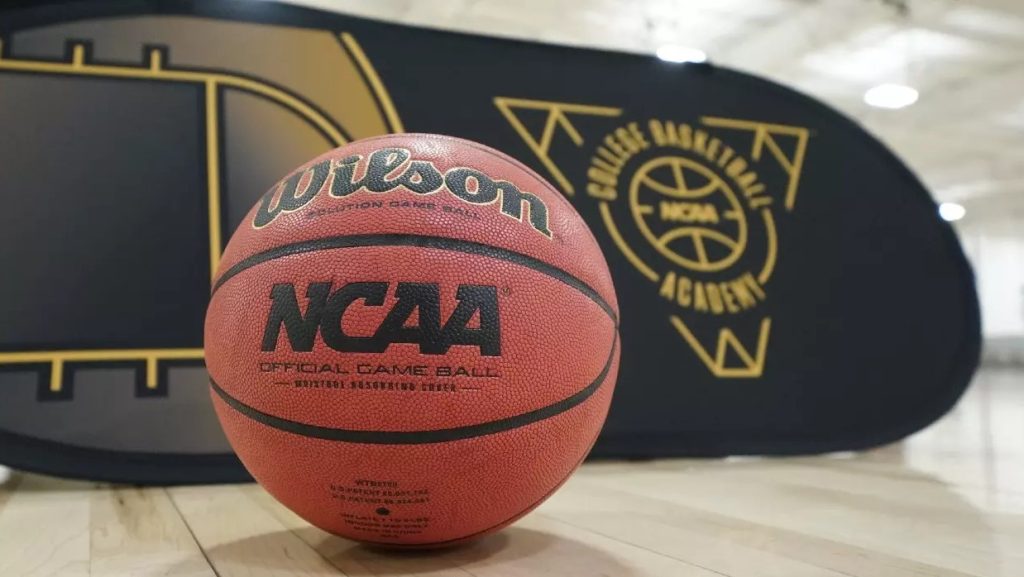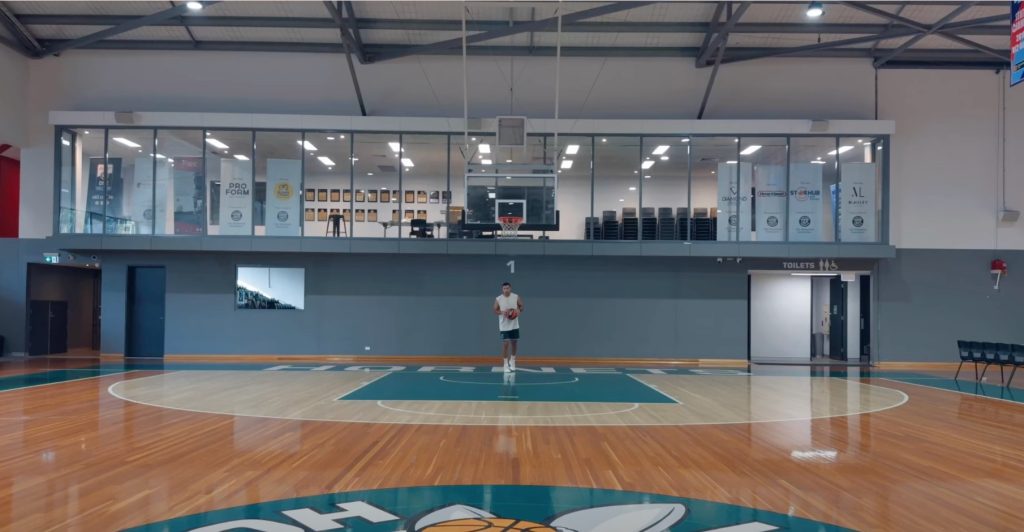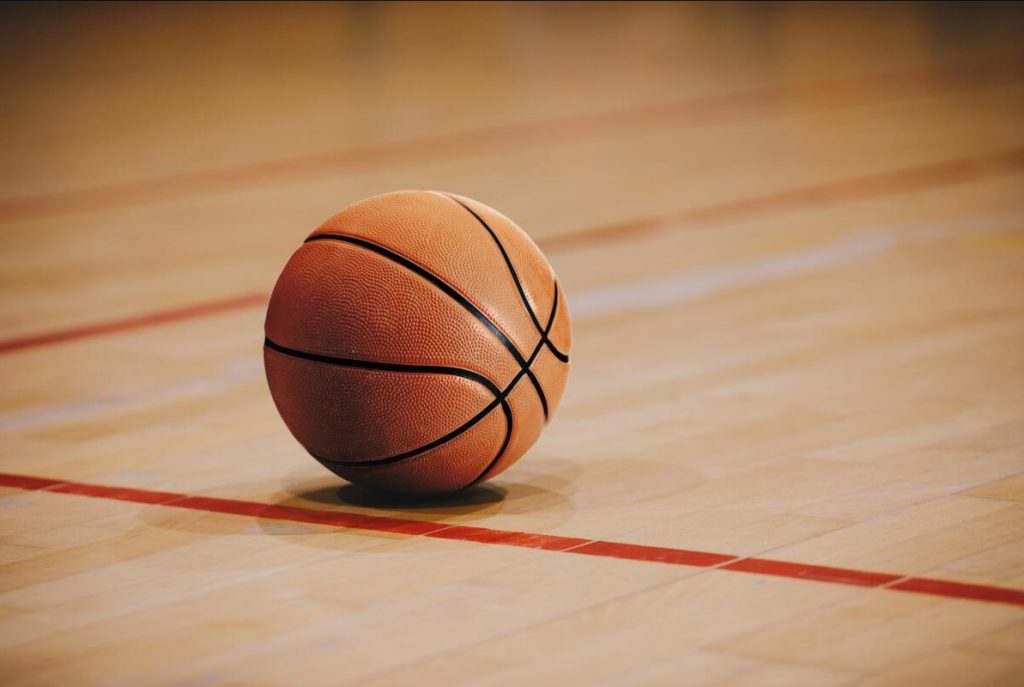Basketball is a fast-paced game of skill, strategy, and precise movement. Among the most fundamental yet often overlooked skills is pivoting—a simple but crucial move that every player must master to excel on the court. Whether you’re a beginner or an experienced player, understanding how and when to pivot can dramatically improve your game.

Table of Contents
What Is Pivoting?
Pivoting in basketball refers to the act of keeping one foot (the pivot foot) planted on the floor while rotating the other foot to change direction or protect the ball from defenders. It’s a movement that helps maintain possession, avoid traveling violations, and create better passing or shooting opportunities.
Key Rule: You cannot lift your pivot foot off the floor before dribbling. Doing so results in a traveling violation.
The Purpose of Pivoting
Pivoting serves several essential purposes in basketball:
| Purpose | Description |
|---|---|
| Ball Protection | Helps shield the ball from defenders using your body. |
| Creating Space | Allows players to move away from defenders to get a better view or passing lane. |
| Avoiding Turnovers | Reduces the risk of traveling or making forced passes. |
| Improving Angles | Changes your orientation for better shooting or passing opportunities. |
Types of Pivots
There are two main types of pivots in basketball:
1. Forward Pivot (Inside Pivot)

- The player turns forward (towards the basket) around the pivot foot.
- Often used when catching the ball and turning to face the hoop.
2. Reverse Pivot (Outside Pivot)
- The player spins away from the defender using the back leg.
- Helps protect the ball and create separation.
| Pivot Type | Movement Direction | Best Used When… |
|---|---|---|
| Forward Pivot | Toward the front | Facing up the court or toward the basket |
| Reverse Pivot | Away from defender | Creating space or evading a closely guarding opponent |
Legal vs. Illegal Pivoting
Understanding what’s legal and what’s not when pivoting is essential to avoid turnovers.
Legal Pivoting:
- Establishing a pivot foot when you catch the ball while standing still.
- Keeping the pivot foot grounded while rotating.
- Lifting the non-pivot foot for a step, as long as the pivot foot doesn’t move.
Illegal Pivoting (Traveling):
- Lifting the pivot foot before the dribble starts.
- Changing the pivot foot during a play.
- Hopping with both feet or dragging the pivot foot.
| Action | Legal? | Explanation |
|---|---|---|
| Lifting pivot foot before dribble | ❌ No | Considered traveling |
| Rotating on pivot foot | ✅ Yes | Legal as long as pivot foot stays grounded |
| Changing pivot foot | ❌ No | Results in a traveling violation |
| Jumping and landing with both feet | ❌ No | Traveling if you don’t shoot, pass, or dribble immediately |
How to Pivot: Step-by-Step
Let’s break down how to pivot properly:
- Establish a Pivot Foot
- When catching the ball, decide which foot to keep planted.
- Usually, the foot that lands first after catching the ball becomes the pivot foot.
- Keep the Pivot Foot Grounded
- You can lift your non-pivot foot to step, jab, or spin, but the pivot foot must stay in contact with the floor.
- Rotate to Scan the Floor
- Complete the Action
- Once you pivot into position, either pass, dribble (if you haven’t already), or shoot.
Common Situations for Pivoting

| Game Scenario | How Pivoting Helps |
|---|---|
| Receiving the ball in the post | Allows the player to face up or back down the defender |
| Being trapped by defenders | Helps change direction and find open teammates |
| Catching a rebound | Lets the player secure the ball and make a clear outlet pass |
| Triple threat position | Enables better attacking options—pass, shoot, or dribble |
Training Tips to Improve Pivoting
Mastering pivoting takes practice and body control. Here are some drills and tips:
Drills
| Drill Name | Description |
|---|---|
| Pivot Circles | Stand in place and pivot 360° using both forward and reverse pivots. |
| Cone Pivot Drill | Set up cones and pivot around them as if evading defenders. |
| Partner Pressure Drill | Partner defends lightly while you practice pivoting under pressure. |
Tips
- Stay low: Keep knees bent to maintain balance and explosiveness.
- Use your arms: Keep the ball protected and elbows out.
- Eyes up: Always scan the floor for options while pivoting.
- Practice both feet: Develop comfort pivoting on either foot for versatility.
Pivoting in Professional Basketball
At the highest level, players use pivoting with extraordinary precision. Watch players like:
- Tim Duncan: A master of footwork in the post.
- Kobe Bryant: Known for deadly pivot moves to create space for jump shots.
- Nikola Jokić: Uses pivoting to create angles as a passer and scorer.
Why Pivoting Matters for All Positions

| Position | Pivoting Usage |
|---|---|
| Point Guard | Escape pressure, direct plays, and maintain control during traps |
| Shooting Guard | Create space for shots, especially in isolation situations |
| Small Forward | Attack mismatches and pivot out of triple-threat position |
| Power Forward | Post moves, rebounding, and mid-range shooting setup |
| Center | Low-post footwork and defense positioning |
While flashy dunks and deep three-pointers dominate highlight reels, the foundation of great basketball is often built on footwork—and pivoting is a key part of that foundation. It’s not just a mechanical movement; it’s a strategic tool that allows players to stay composed, protect the ball, and find their best options on the court.
Whether you’re new to the game or looking to refine your skills, investing time in learning and practicing pivoting will elevate your performance and basketball IQ. After all, sometimes it’s not how fast you move, but how smart you move—and pivoting is the perfect example of that.
